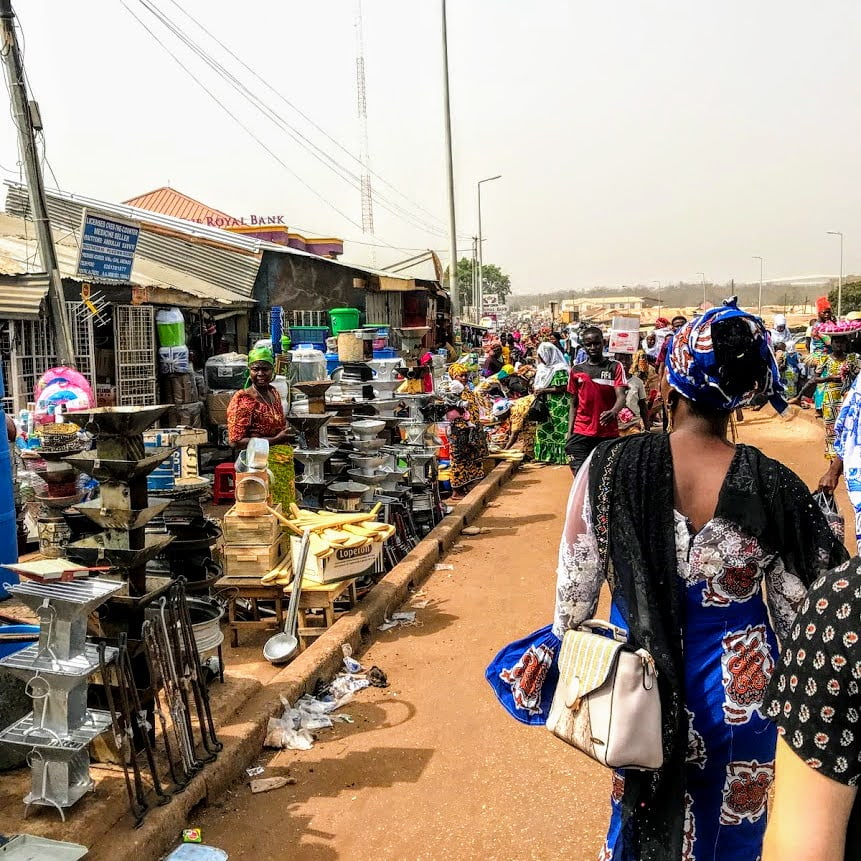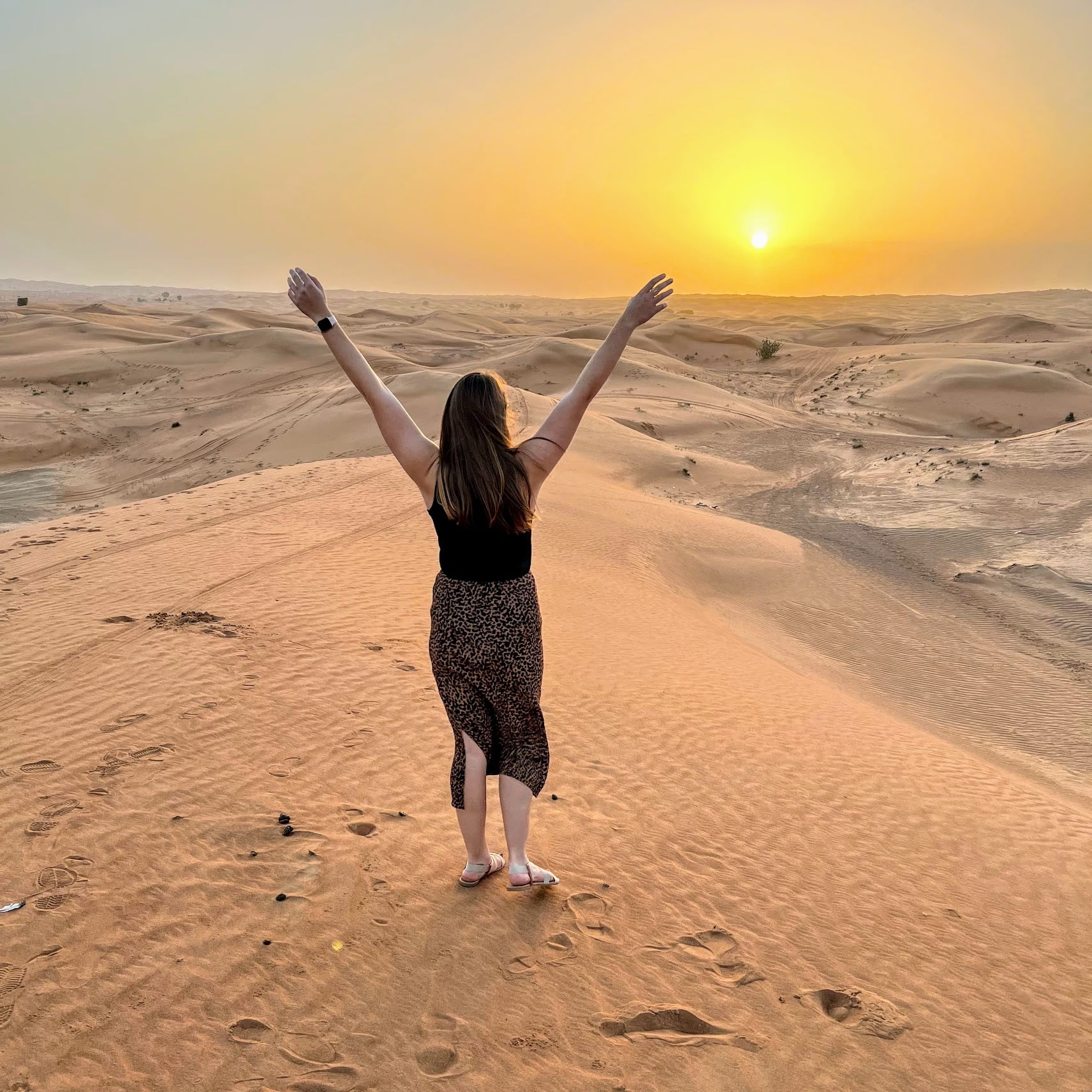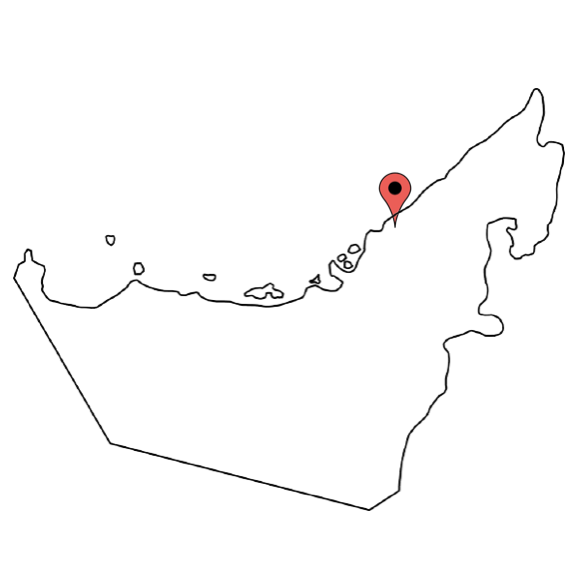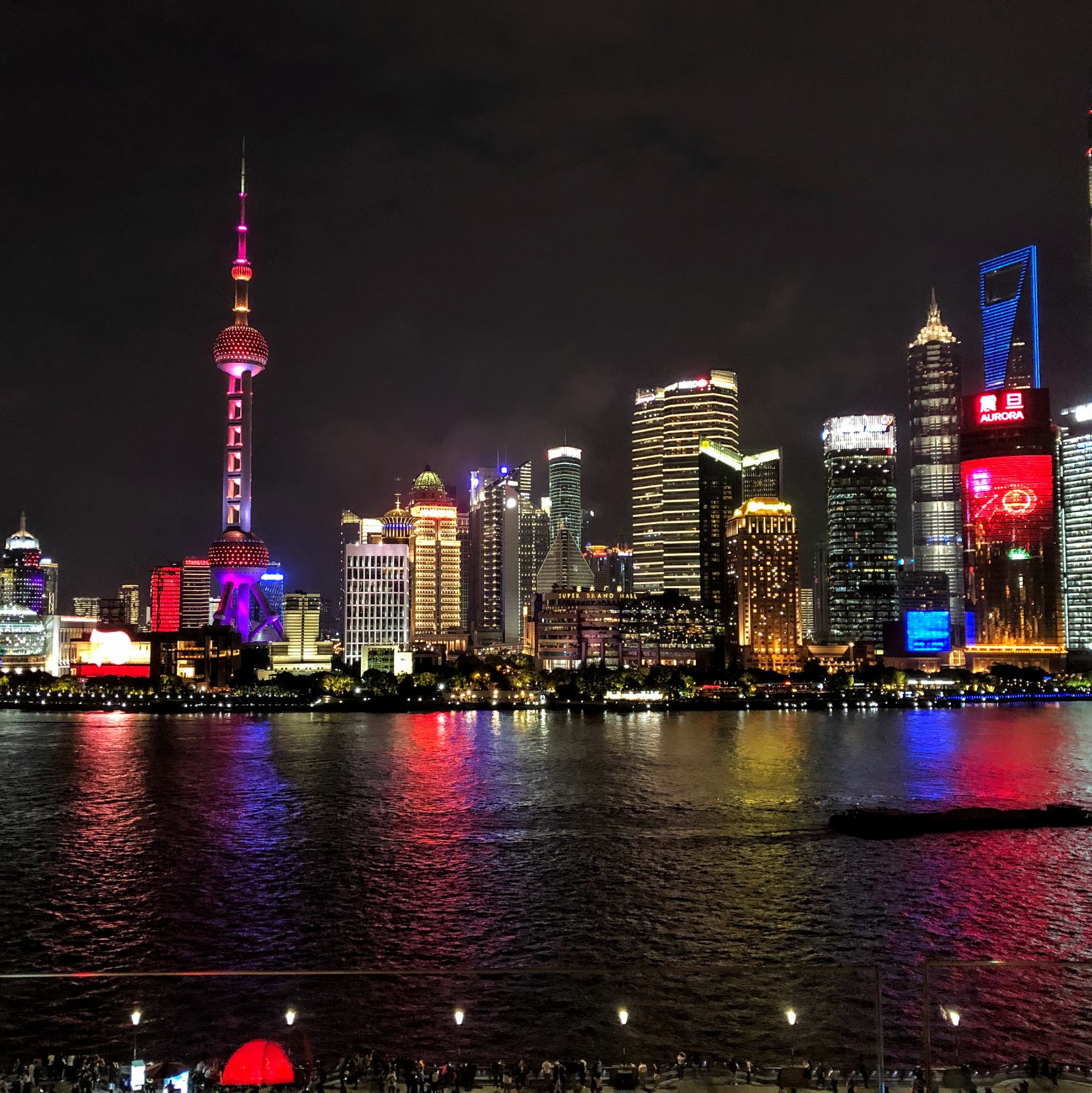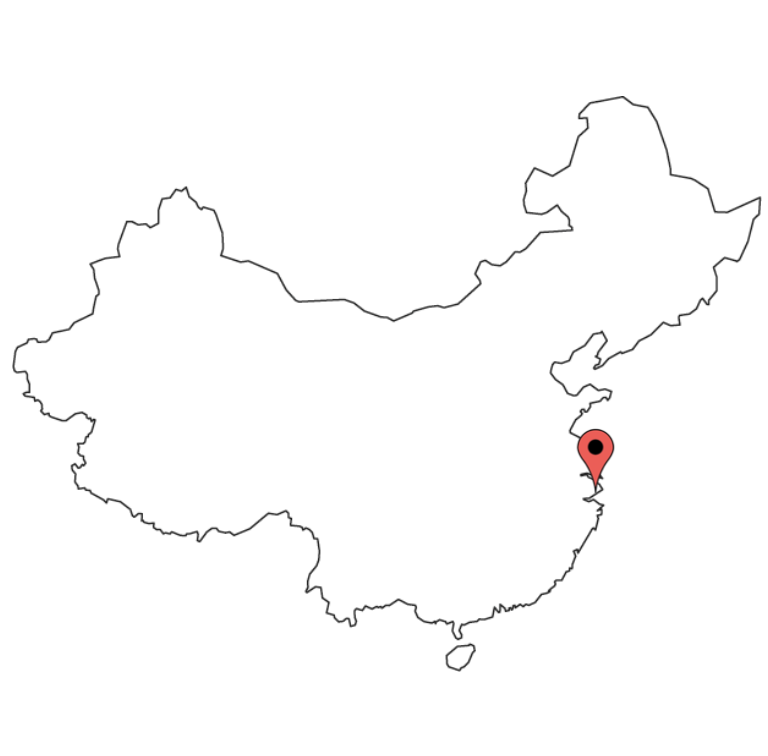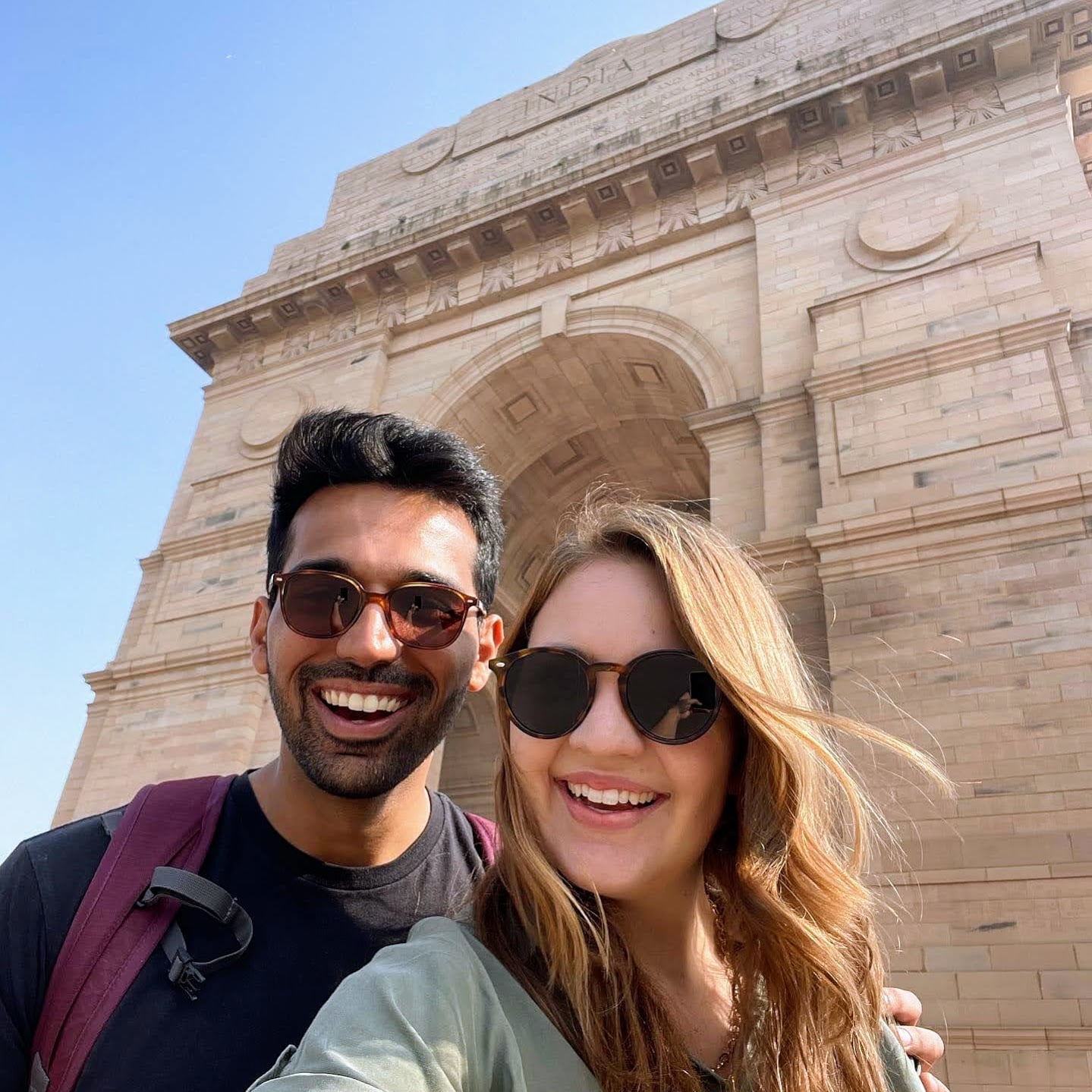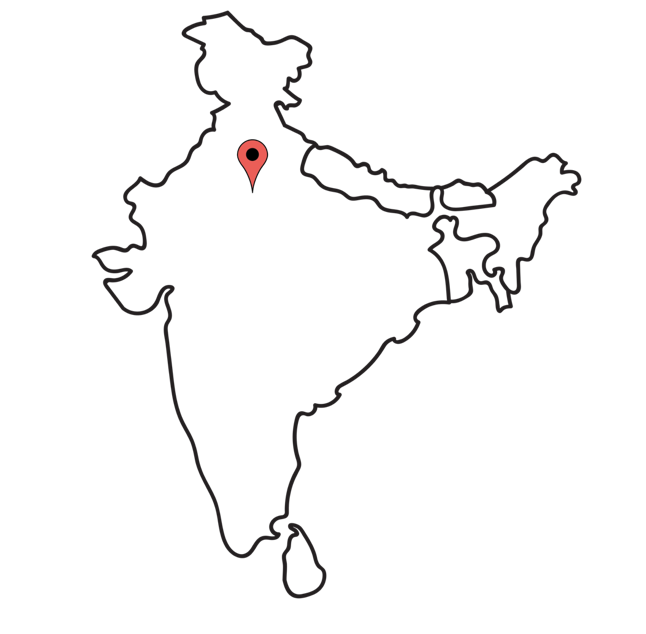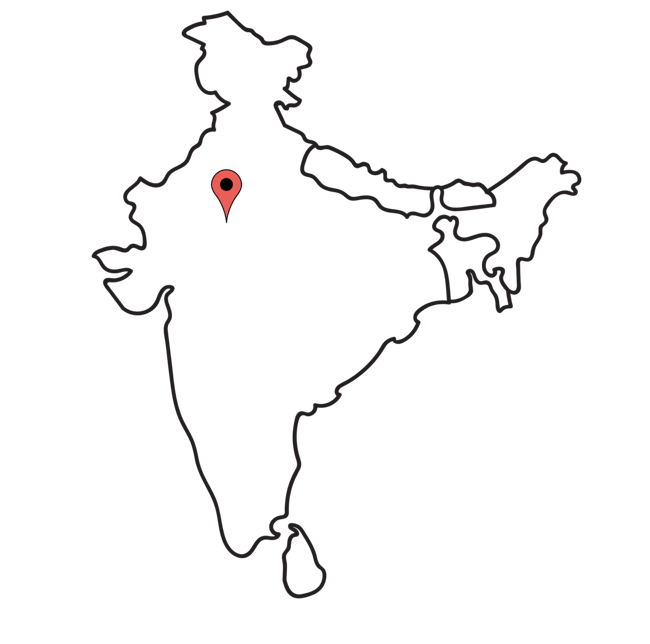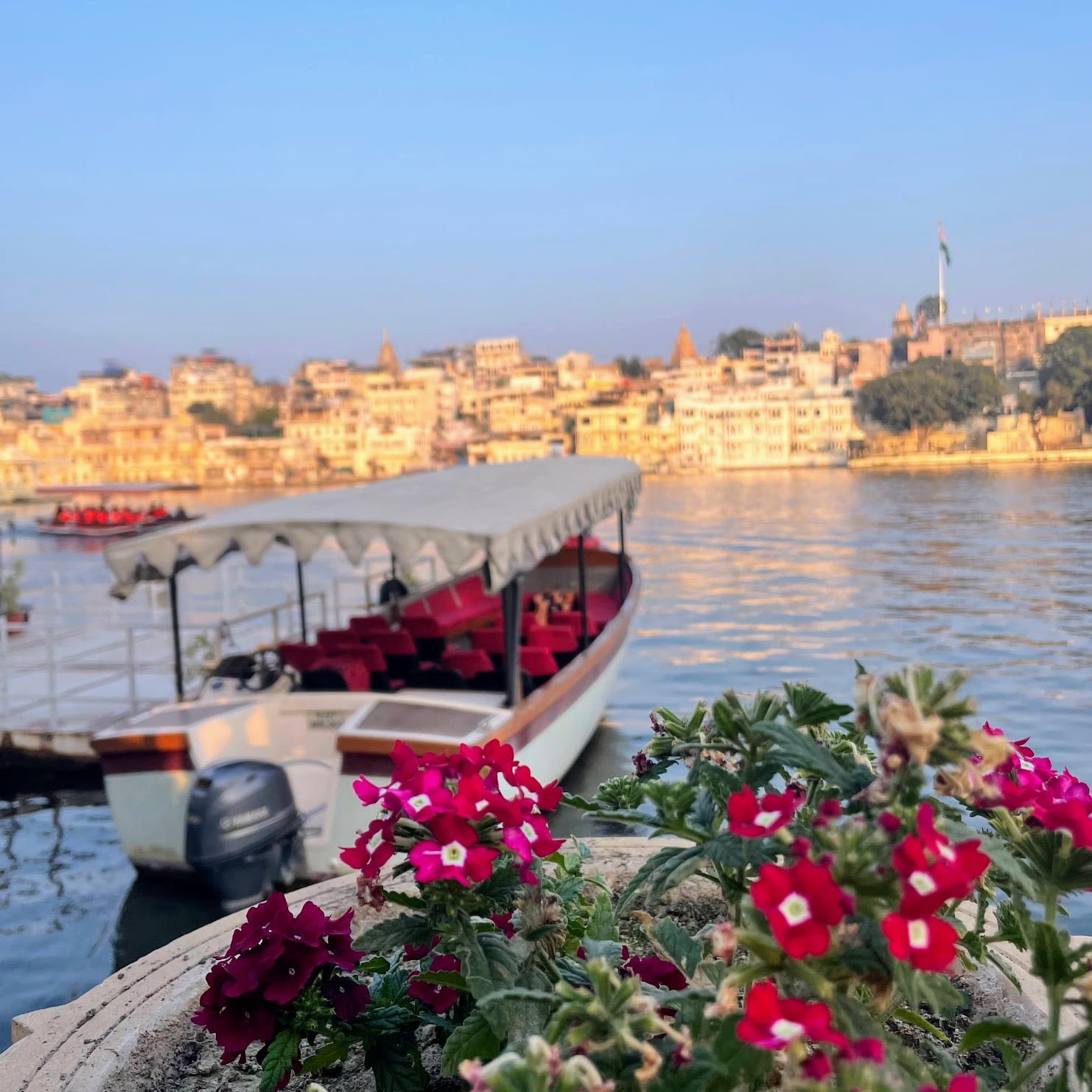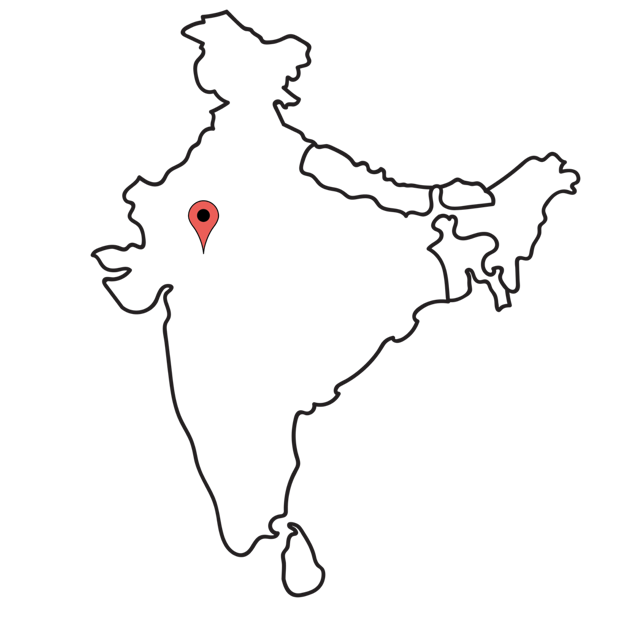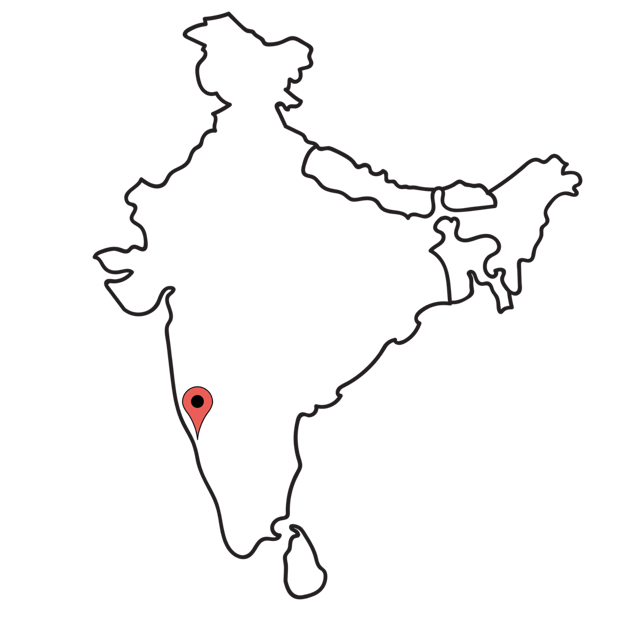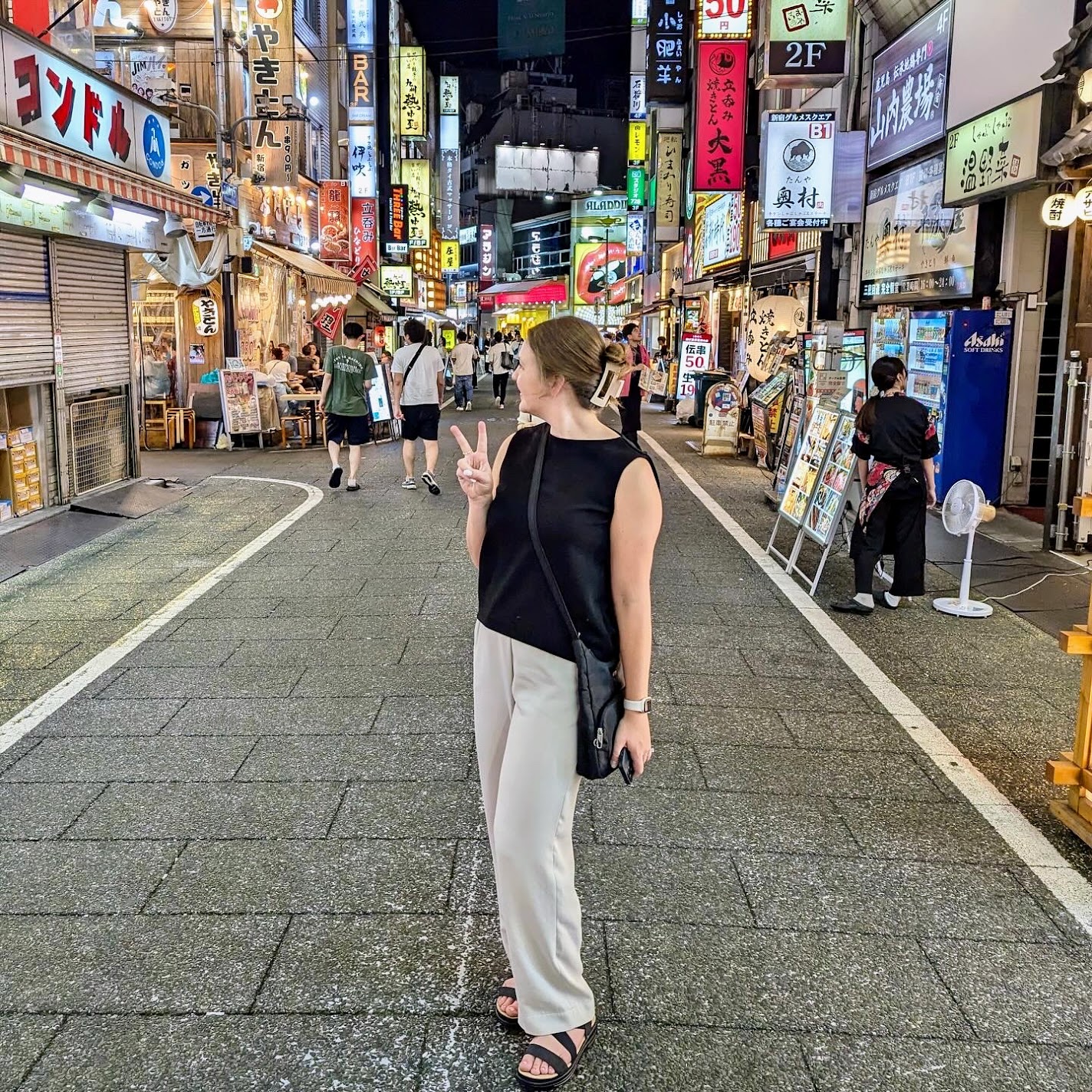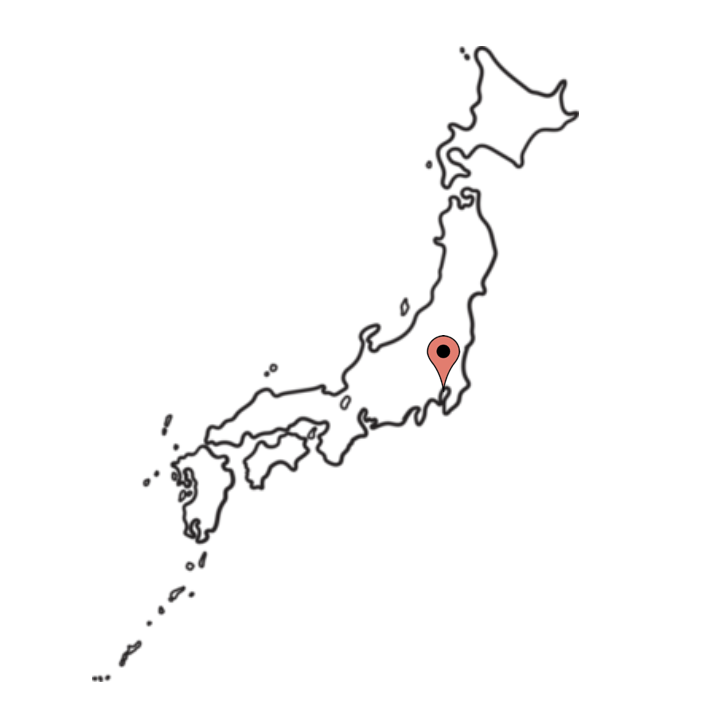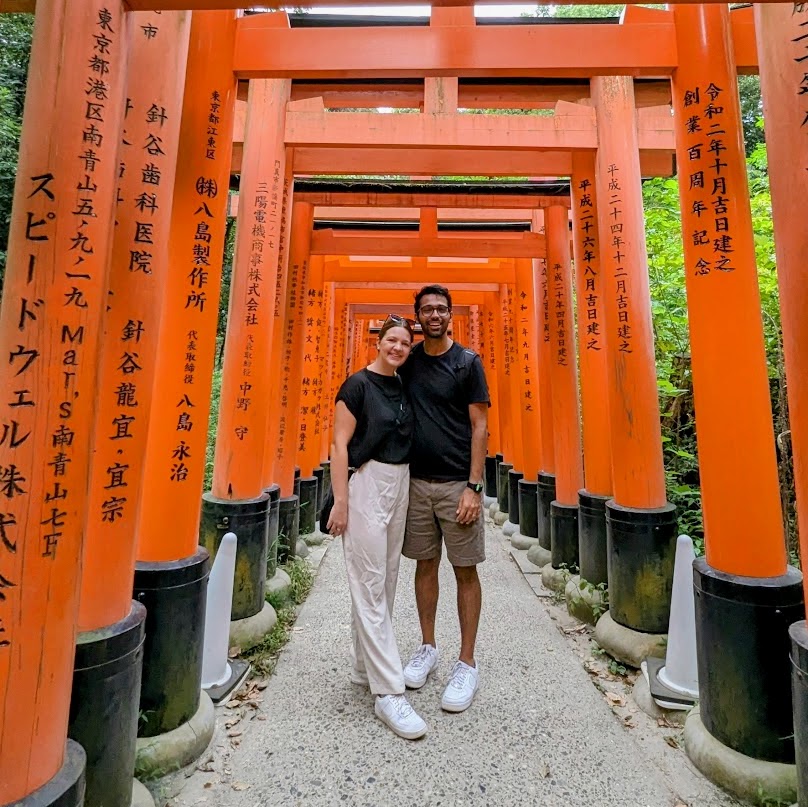Ghana – Experience West Africa
Ghana is an absolutely beautiful country with vibrant culture, bustling cities, countless outdoor adventures, and historical sites. Ghana is one of the most safe and accessible countries in this region and an amazing place to visit.
Need to Know:
Currency: Ghanaian cedi (Check conversion rate here)
Language: English
Airports:
ACC – Accra
KMS – Kumasi
Electrical Outlets: 230V supply voltage and 50Hz, D and G plugs
Planning Your Trip
Accommodation – There are quite a few good hotel and hostel options in every major city. In Accra, we stayed at the Pink Hostel. I went to Ghana with a group from my college so our accommodations were pre-arranged, but there are many lovely options on Hotels.com.
Getting Around – In the major cities, you can use taxis to get around. Make sure you pre-negotiate a price before getting in the car. There is also now Uber in Ghana! Check out this guide on everything you need to know about using Uber in Ghana.
For longer trips, we had a driver that took us from point A to point B. You can also use the public buses which are pretty nice and usually air conditioned! The major bus companies to look for are Intercity STC and VIP Buses.
Entry Requirements – Most visitors will need a visa to visit Ghana. US citizens can apply for a visa here! You will also need proof of vaccination for Yellow Fever. The nurse who administers the vaccine will usually give you a little yellow paper book to show as proof. Although it is not required, talk to your doctor about anti-malaria drugs to bring as well. Malaria is one of the major health challenges in Ghana.



Top Things to Do in Accra:
Kwame Nkrumah Memorial Park: This memorial was built in honor of Ghana’s first president who gave the independence speech in 1957 declaring Ghana’s independence from Great Britain. The speech was delivered on an old British polo field, as a symbol of taking back what is theirs, and is now the site of the memorial. The park is filled with trees planted by different personalities from across the continent and the world showing support of Pan-Africanism and uniting different African countries.
Bojo Beach: About a 40 minute drive out of the city, Bojo Beach is a beautiful oasis of the ocean, sand, and palm trees. You’ll need to take a boat across a canal to get to the main part of the beach. Grab a coconut from a local vendor or even try horseback riding on the beach!
Museum of W.E.B. Du Bois: Ghana is considered the “Mecca” of the Civil Rights Movement so DuBois spent his last two years creating an encyclopedia of African history while living here. This museum is a powerful look into the life of Du Bois and the Civil Rights Movement from a non-American perspective.
Jamestown Lighthouse: Located in one of the more impoverished areas of Accra, it is worth a stop to explore this unique fishing town and historic lighthouse.
Makola Market: The main market in the city of Accra. Dominated by women traders, the market sells fresh produce, manufactured goods, clothes, and just about anything else you could imagine.
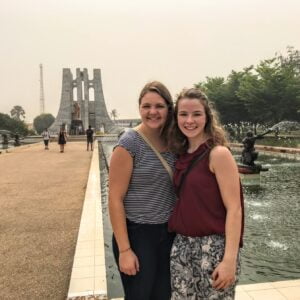
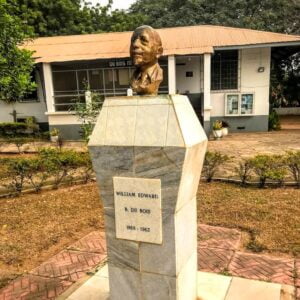
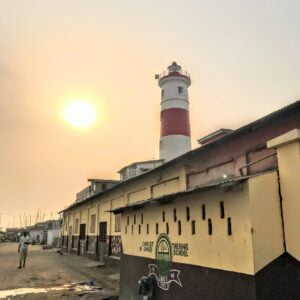
Elmina Castle
This white fort-like complex on elevated land overlooking the ocean was created by Portuguese pioneers in the 14th century with the intentions for trade and the spread of Christianity. The start of the Trans-Atlantic slave trade brought many changes to the use of the castle. A majority of the ground floor of the castle was turned into a dungeon that acted as a holding area for slaves until they go through the infamous “Gate of no Return” for the journey to the New World. Accompanied by a guide, Alex, we visited various parts of the castle, reflecting on the horrors that took place in that very spot. We pondered the questions: What’s the relationship of the local community to the castle? How many students are educated on these past atrocities committed by man against man? Are the stories told by the tourist board only told to satisfy the emotional curiosity of the foreigner or people from the African Diaspora? In any case, we noted these and other silences still hindering the study of slavery in Africa.
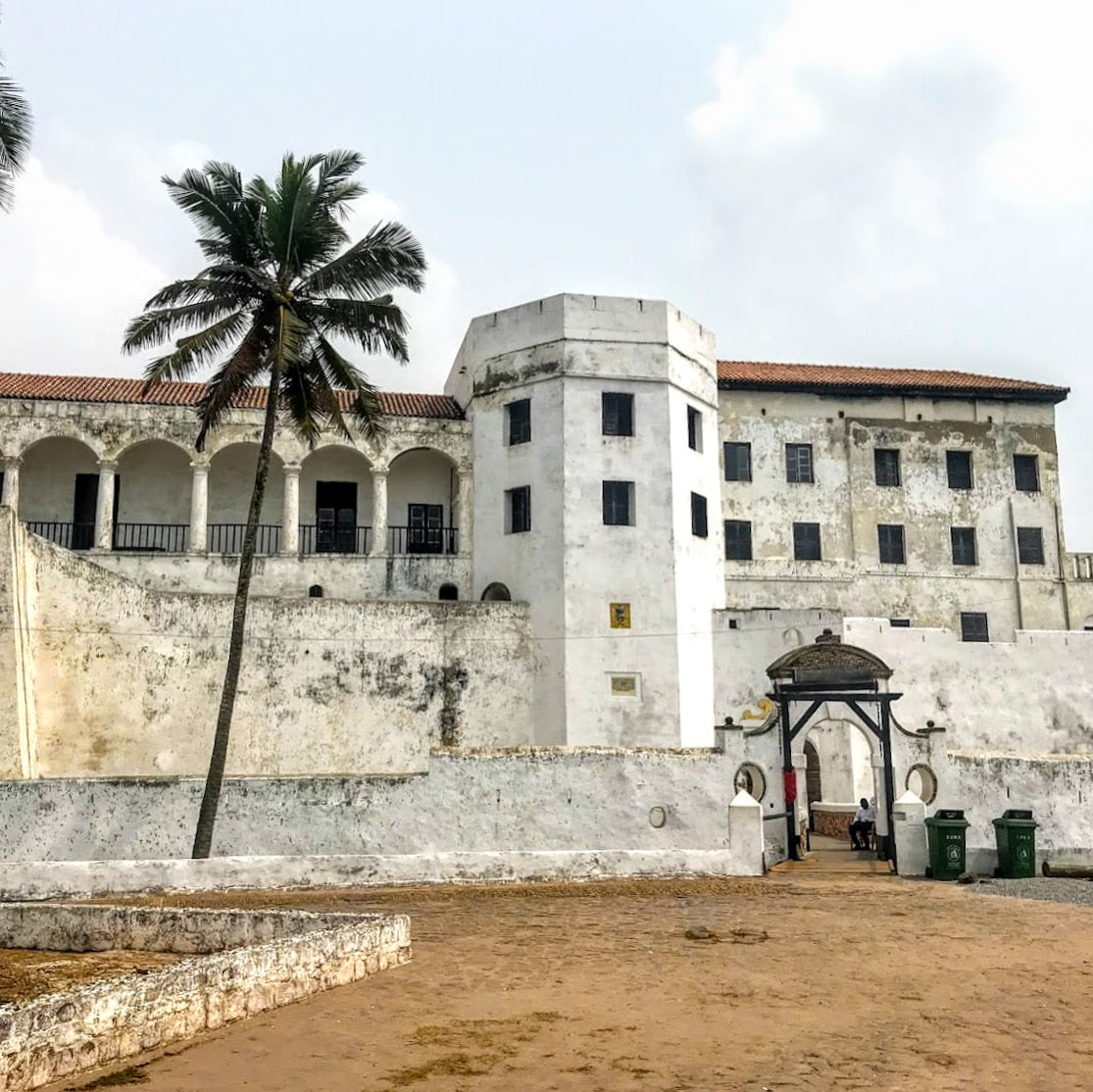
Top Things to Do in Kumasi:
Cultural Center: The National Cultural Center is set within peaceful, shaded grounds and includes craft workshops, where you can see brassworking, woodcarving, and pottery as well as purchase souvenirs and gifts at the crafts store. Be sure to also grab some fresh fruit from a street vendor in the plaza!
Kumasi Lake Boat Tour: I didn’t get a chance to visit Kumasi Lake, but it looks absolutely beautiful and there are multiple tours that will take you out on a boat.
Top Things to Do in Tamale:
Tamale Metro Library: This public library holds around 30,000 books and the collection of books started in 1955. Furthermore, the building also has an adult section of the library where the public can go to read and study. The books are normally donated, in addition to being rotated through the different libraries in other regions.
Tamale Central Market:
Wander around the narrow market aisles where virtually everything is available, such as fresh produce, furniture, local craft, food items, clothing, and household goods. The lingering scent of the dried fish and burning charcoal followed us wherever we went but was remediated by the energy of the people moving in every direction over the sounds of endless conversation.
You will see shoppers carrying their items in the iconic “Ghana must go” bags, similar to colorfully decorated reusable grocery bags.
The “Ghana must go” phrase refers to a moment in the 1980s when many Ghanaians were forced to relocate from Nigeria under an executive order given by Shehu Shari, the President of Nigeria. Many Ghanians had moved to Nigeria in the 1970s looking for greener pastures, however the new law forced over 2 million individuals (mainly Ghanians) to leave the country if they were undocumented. The “Ghana must go” bags refer to the red, blue and white plaid bags many Ghanaians used to carry all of their personal belongings out of Nigeria. This phrase and item has been reclaimed by Ghanians.
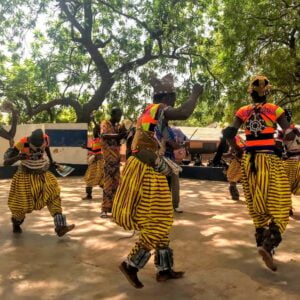
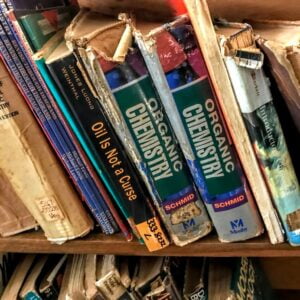
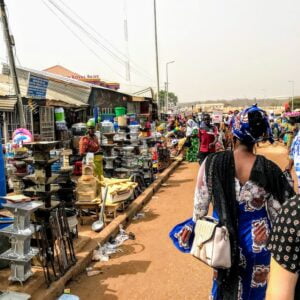
Mole National Park
One of the ten richest national parks in Africa, you are bound to see stunning wildlife in Mole National Park. Upon entering the park, we saw a family of elephants swimming and playing in the water. Next, with the wind blowing through your hair on top of the Jeep you’ll head into the reserve, bumping along dirt roads and rocky terrain. Finally, there are tons of warthogs, antelope, crocodiles, and of course, elephants you’ll see along your journey.

April 12, 2022




